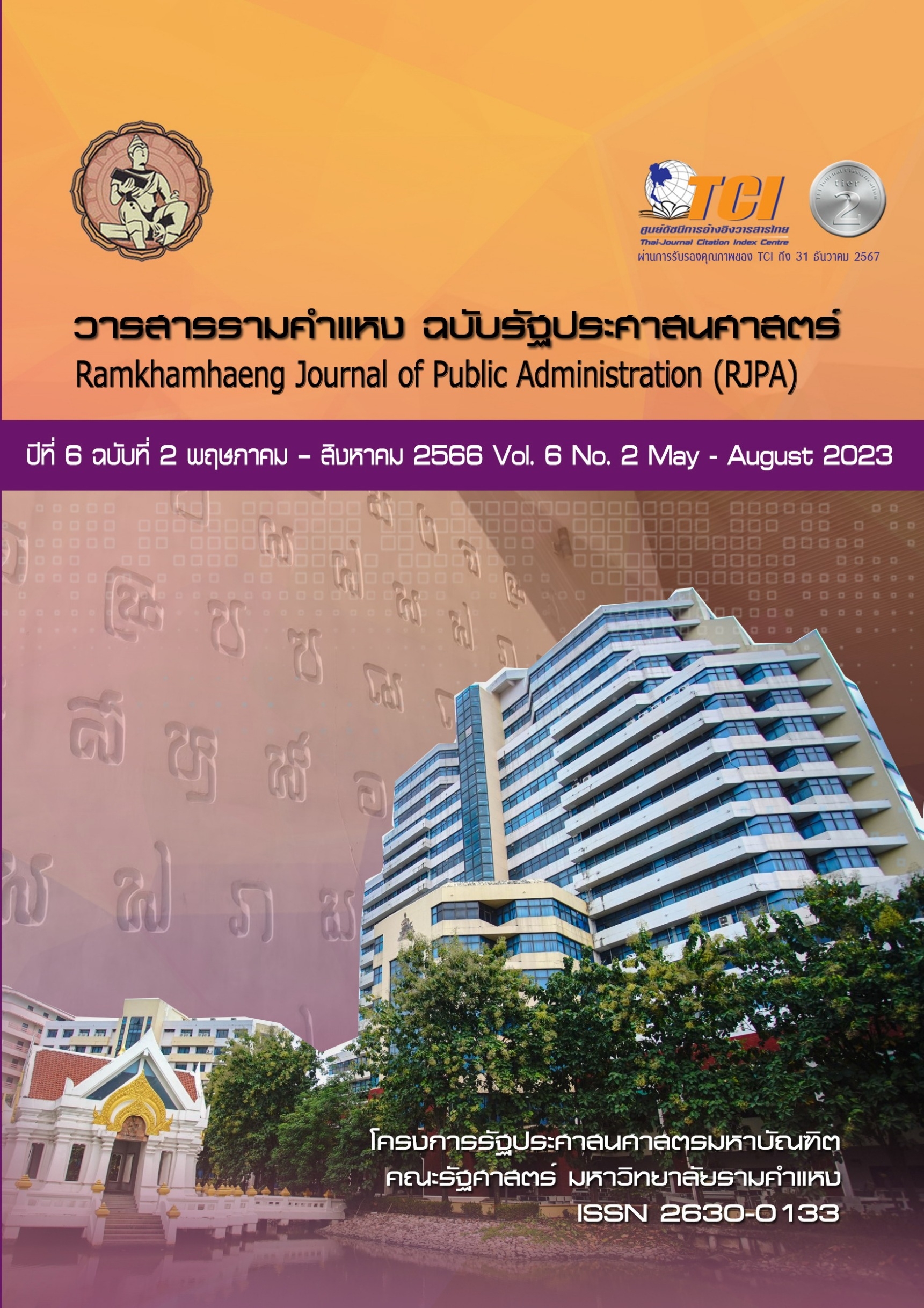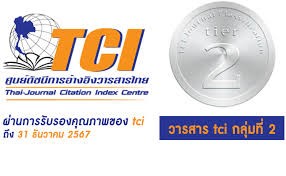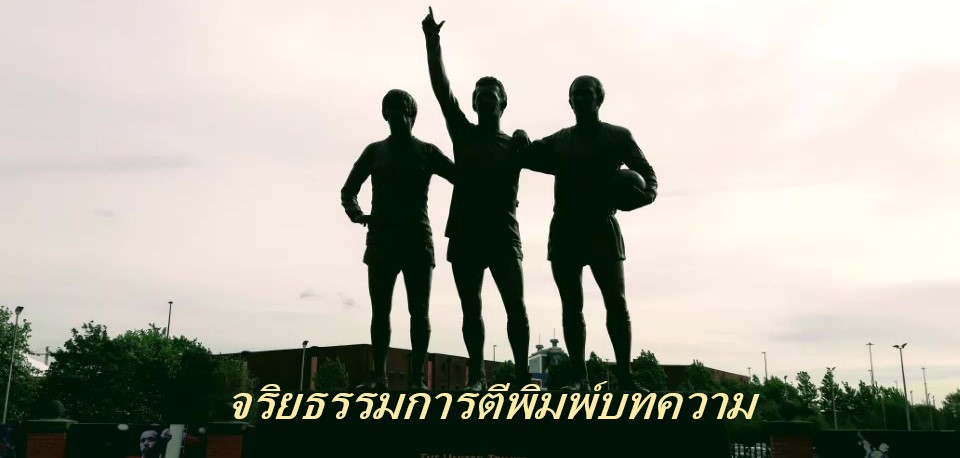ขบวนการเคลื่อนไหวภายใต้ยุครัฐบาลคณะรักษาความสงบแห่งชาติ (Movement under the National Council for Peace and Order government)
กรณีศึกษา: ขบวนการเคลื่อนไหวภาคประชาชนที่คัดค้านผังเมืองอีอีซี พ.ศ. 2562 (A case study of the Anti-EEC Urban Planning Movement in B.E. 2562)
Abstract
บทคัดย่อ
บทความวิจัยนี้มีวัตถุประสงค์คือ 1) เพื่อศึกษาการเกิดขึ้น พัฒนาการ และยุทธวิธีการเคลื่อนไหวของขบวนการเคลื่อนไหวเพื่อคัดค้านแผนผังการใช้ประโยชน์ในที่ดิน และแผนผังการพัฒนาโครงสร้างพื้นฐานและระบบสาธารณูปโภค เขตพัฒนาพิเศษภาคตะวันออก (อีอีซี) พ.ศ. 2562 และ 2) เพื่อศึกษาข้อจำกัดในกระบวนการเคลื่อนไหวภายใต้รัฐบาลคณะรักษาความสงบแห่งชาติ ผ่านกรอบแนวคิดทฤษฎีทฤษฎีโครงสร้างโอกาสทางการเมือง (Political Opportunity Structure) และการระดมทรัพยากร (Resources Mobilization Theory: RMT) โดยใช้วิธีการเก็บข้อมูล 3 รูปแบบ คือ 1) การวิจัยเอกสาร 2) การวิจัยภาคสนาม 3) การเก็บข้อมูลสัมภาษณ์แบบเจาะลึก ผลการศึกษาพบว่า โครงการอีอีซีเกิดขึ้นท่ามกลางสถานการณ์ทางการเมืองภายใต้รัฐบาลคณะรักษาความสงบแห่งชาติ ซึ่งมีการใช้อำนาจพิเศษในการดำเนินโครงการอย่างรวดเร็วและปราศจากการมีส่วนร่วมของประชาชนในพื้นที่ อีกทั้งยังส่งผลกระทบต่อประชาชนในพื้นที่ทั้งการเวนคืนที่ดินและปัญหาสิ่งแวดล้อม อันถือเป็นเหตุผลที่ทำให้เกิดการรวมกลุ่มเป็นขบวนการเคลื่อนไหวภาคตะวันออก โดยประเด็นที่ยกขึ้นมาต่อต้านคือการ “ยกเลิกผังเมืองอีอีซี” ทั้งนี้ จากการศึกษาพบว่าถึงแม้การเคลื่อนไหวจะไม่ประสบผลสำเร็จเพราะโครงสร้างโอกาสทางการเมืองที่มีข้อจำกัดจากรัฐบาลคณะรักษาความสงบแห่งชาติ แต่ขบวนการเคลื่อนไหวมีการปรับยุทธศาสตร์เพื่อต่อสู้และต่อรอง จนสามารถสร้างแรงสะเทือนให้กับรัฐบาลดังกล่าวทั้งในพื้นที่สาธารณะ พื้นที่รัฐสภา และพื้นที่ศาลปกครอง
Abstract
This research article examines the occurrence, the development, and the tactics of the movement to oppose land use plans and plans for the development of infrastructure and public utilities within the Eastern Special Development Zone (EEC) B.E. 2562, as well as the limitations experienced in the movement under the National Council for Peace and Order (NCPO) government. The study employs the conceptual framework of Political Opportunity Structure and Resources Mobilization Theory, using a qualitative approach and analyzing three types of data: document research, field research, and in-depth interviews. The findings reveal that the EEC project emerged amid political circumstances in which the NCPO government had exercised special powers to implement the project rapidly without local people's participation, resulting in issues related to land expropriation and environmental problems. As a result, the Mobilization of the EEC movement occurred with the goal of “Canceling the EEC Urban Planning”. Although the movement was ultimately unsuccessful due to limitations imposed by the NCPO government, it was able to adjust its strategies and tactics to create impact in the public space, the parliament, and the Administrative Court.




 Publication Policy (นโยบายการตีพิมพ์บทความ)
Publication Policy (นโยบายการตีพิมพ์บทความ) Publication Ethics (จริยธรรมการตีพิมพ์บทความ)
Publication Ethics (จริยธรรมการตีพิมพ์บทความ)